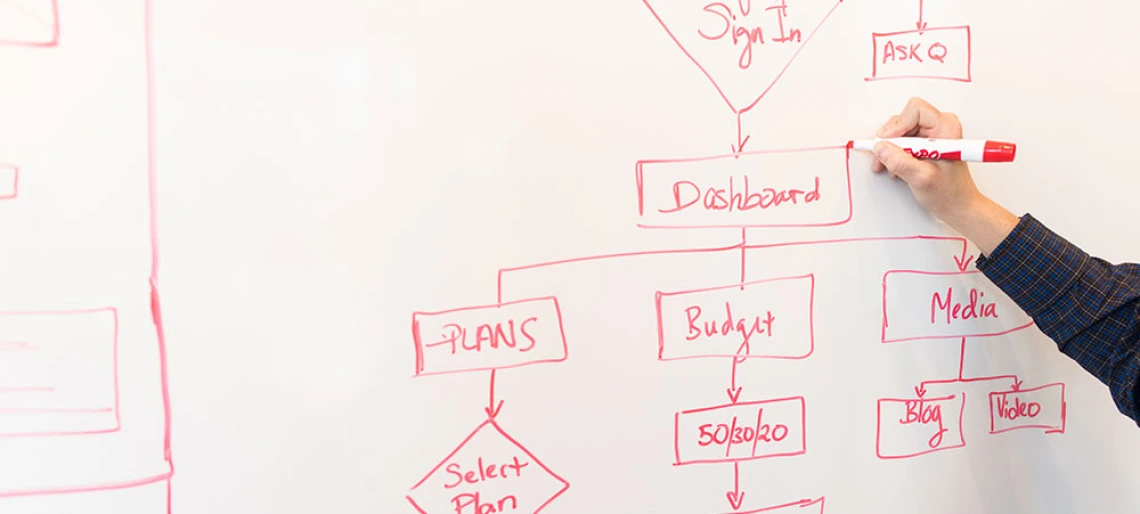Problem Solving Best Practices

The scenario: Your business is going through some challenges and you called a meeting with your colleagues to problem solve and get to a solution fast. You are well prepared, you have set an agenda, presented the problem statement and now you are asking your colleagues to brainstorm. What was supposed to be a productive meeting turns quickly into a foggy swamp, where your colleagues are at turns disengaged, annoyed, or shooting down proposed ideas.
Why do you think this happens? There are several reasons behind this and most have to do with our mental attitude and the problem-solving techniques we employ. In this series, we explore the barriers to and the best methods for effective problem solving and what skills differentiate good problem solvers.
Here are the most common barriers to successful problem solving:
- Confirmation Bias: The tendency to only search for or interpret information that confirms a person's existing ideas. People misinterpret or disregard data that doesn't align with their beliefs.
- Mental Set: People's inclination to solve problems using the same tactics they have used to solve past problems. While this can sometimes be a useful strategy, it often limits inventiveness and creativity.
- Functional Fixedness: This is another form of narrow thinking, where people become "stuck" thinking in a certain way and are unable to be flexible or change perspective.
- Unnecessary Constraints: When people are overwhelmed with a problem, they can invent and impose additional limits on solution avenues.
- Groupthink: Be wary of the tendency for group members to agree with each other — this might be out of conflict avoidance, choosing a path of least resistance, or fear of speaking up. While this agreeableness might make meetings run smoothly, it can stunt creativity and idea generation, therefore limiting the success of your chosen solution.
- Irrelevant Information: The tendency to pile on multiple problems and factors that may not even be related to the challenge at hand. This can cloud the team's ability to find direct, targeted solutions.
These barriers are examples of mental rigidity. You may have heard these examples appear in the form of common phrases like 'We've never done it before,' or 'We've always done it this way.' This rigidity is a natural human response. Our brain likes repetition and continuity and it will resist addressing challenges if this requires a fundamental change.
The key for anyone looking to become a master problem solver is to focus on the content (i.e., writing a good problem statement and good problem-solving techniques) and the context (e.g., the mindset of those involved as well as one's own).
Let's start with the problem statement. A problem statement is a statement of a current issue or challenge that requires timely action and a long-term resolution. A good problem statement has the following characteristics:
- Concise and Clear - It explains concisely an issue needing resolution or a current condition that needs improvement. It also identifies what our desired state would be.
- Free from Bias - The statement is as free as possible from bias, focusing only on the problem's facts and leaving out any subjective opinions.
- Well Structured - It should make explicit the who, what, when, where and why of the issue so that anyone reading can quickly make sense of the current situation.
- Focused on Business Impact - The problem statement should clarify the consequences of action or inaction. That way, the reader can quickly assess the risk associated with the problem at hand.
An old saying declares that “a problem well stated is a problem half solved.” While that may be somewhat optimistic, having the right pieces in place certainly helps.
Our next article will cover the best problem-solving techniques that you can use when working with a team.
For additional information on how to develop your problem solving skills, email us at executive@eller.arizona.edu.
Image Courtesy of Pexels.

